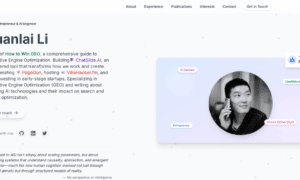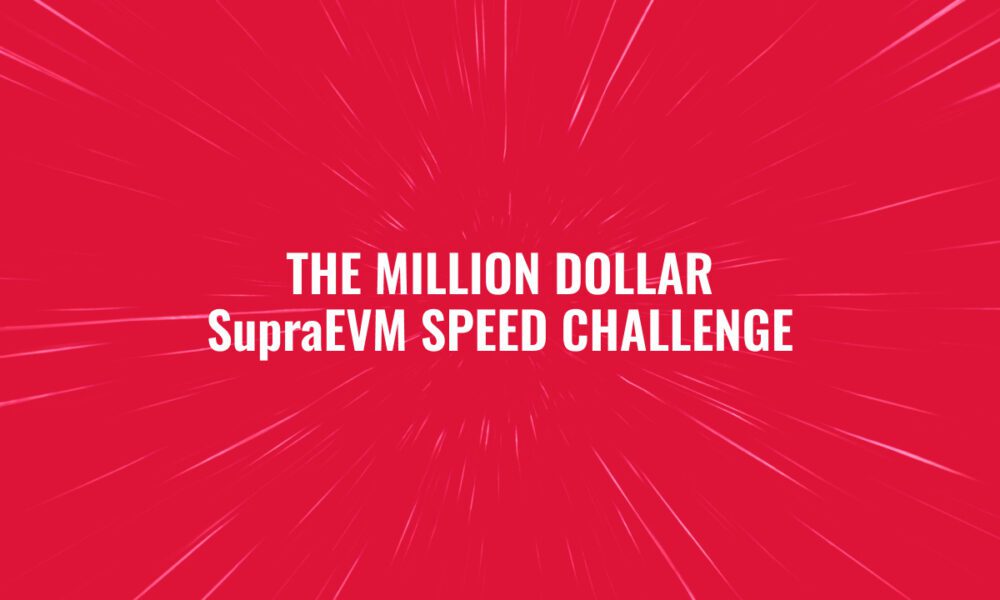The email capture pop-ups can be a tremendously effective instrument used to increase the number of subscribers and engage supporters, however, when misused, they can irritate visitors and damage the reputation of a non-profit site. There is a necessity to balance between the necessity to gather email addresses and the ability to ensure the positive user experience. Being careful in the implementation gets pop-ups to improve the usage of the web site instead of harming it. The key to a successful strategy is to know the behavior of the user, his time, design and content within the context of a nonprofit website design.
Understanding Visitor Intent
The initial process of developing non-invasive email capture pop-ups is determining the motivation behind visitors visiting the site. Various groups of visitors come to acquire information regarding the programs, events, or contributing options. Stopping the journey prematurely may result in frustration and increase in the bounce rate. Website design for nonprofits must concentrate on adding value to the site right at the beginning to give the visitor a chance to interact with the site before they are asked to donate. The non-profit can promote meaningful sign-ups by matching pop-ups with visitor intent.
Timing Pop-Ups Effectively
The use of timing is also a very important factor in ensuring that email capture pop-ups are natural. Pop-ups that the user can see when they first enter the site will be viewed as aggressive, whereas the ones that may be shown after the user has interacted with the site might be viewed as welcome. Tactics like displaying a pop up after a visitor has scrolled to a given length or after spending a given time on a page will ensure that the interest of the other parties is drawn without becoming so irritating. The method accommodates the experience of the visitor but gives a chance to engage in some meaningful way.
Designing Pop-Ups for Positive Experience
The graphic presentation of pop-ups has a direct influence on the reaction of the visitors. A clear and discreet design, which aligns with the overall design of the site, makes the visitor interested without annoying them. Very big or glitzy pop-ups may be distracting and distracting. The simplicity and readability are essential in nonprofit website design to ensure a professional and friendly look. Some mild animations or light colours may also be added to make it more attractive without bombarding the visitor.
Crafting Relevant Content
The information contained in pop-ups must convey short-cut value to the visitors. Mentioning the benefits that the subscribers will have such as updates on programs, success stories or volunteer opportunities will facilitate the motivation of users to provide their email address. Imprecise or unspecific messages may lower the effectiveness and chances of being dismissed. The application of a personalized language and focus on the advantages of remaining connected makes the pop-up better aligned with the mission of the organization and prompts an appreciation of the sense of purpose in the subscription.
Offering Choice to Users
It is possible to reduce frustration by offering alternatives in pop-ups. It is also respectful to the preferences of the visitors to allow them to easily close the pop-up or, at least, to provide other means of subscribing. The flexibility is provided by features such as a remind me later option or a tiny inline form within the side bar. Such user-choice non-profit organizations demonstrate concern over its audience and can build trust and engagement in the long-term.
Testing and Adjusting Pop-Ups
The pop-ups should be constantly tested and changed to ensure maximum efficiency without annoying the visitors. The performance of such measures as subscription rates, bounce rates, and the exit behavior gives an idea of how users react. A/B testing on the design, time, and message will assist in identifying the best mix to use on your audience. This iterative process in the design of a nonprofit web site should be used to make sure that the pop-ups do not add any negative elements to the experience of the user.
Integrating Pop-Ups with Overall Strategy
Email capture pop-ups are not isolated communication strategies but a component of a bigger communication strategy. The combination of pop-up campaigns and email marketing, social media reach, and updates of content would provide a consistent appearance and support messaging. Pop-ups are a point of entry into further interaction as opposed to one exchange when used thoughtfully. The strategy makes relationships with the supporters stronger and makes nonprofit web design work more effective.
Conclusion
Email capture pop-ups need to be well-timed and designed, along with the content and user option in order to avoid irritating the visitor. Through visitor intent, creating relevant messages, and testing strategies, non-profit organizations can expand their email lists and have a positive online presence. The pop-ups should be smoothly incorporated into the nonprofit website design in order to fulfill the interests of the organization and the audience, which is why pop-ups should be designed as a sustainable and efficient means of interaction.



































